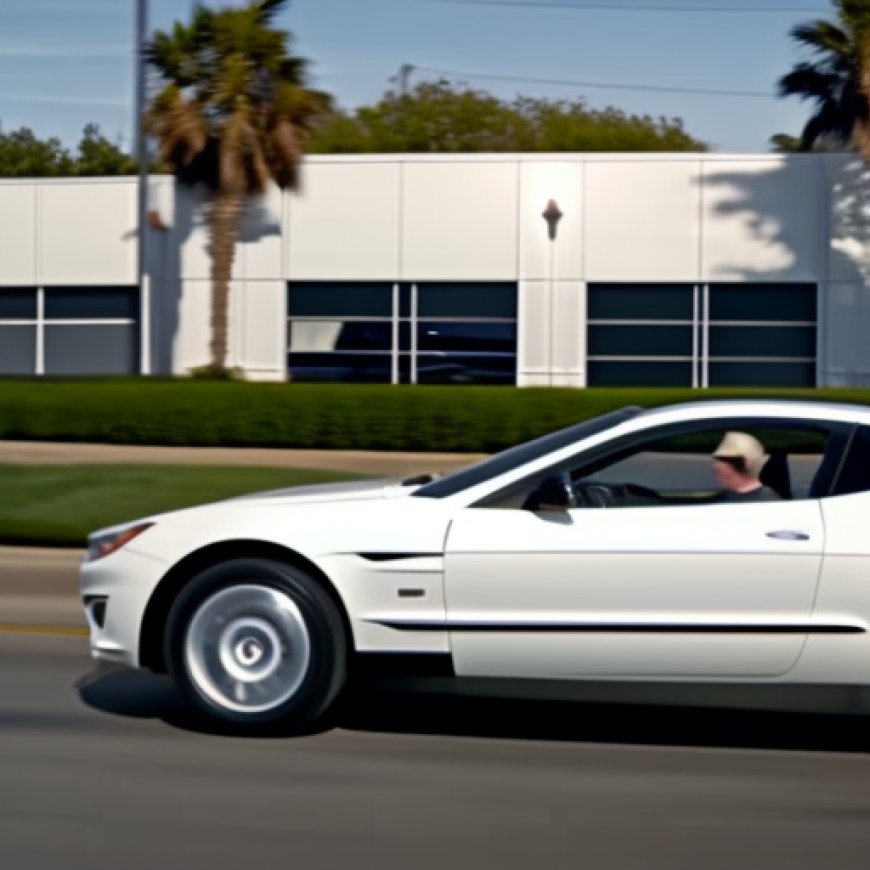Electric vehicles and hybrids make up 16% of U.S. light-duty vehicle sales
U.S. Energy Information Administration EIA


Quarterly Light-Duty Vehicle Sales in the United States
Date: September 7, 2023

Data source: Wards Intelligence
Note: 2Q23=second quarter of 2023
The sales of hybrid, plug-in hybrid, and battery-electric vehicles in the United States have been increasing in recent years, while the sales of non-hybrid gasoline- or diesel-fueled vehicles have been decreasing. According to data from Wards Intelligence, in the second quarter of 2023 (2Q23), hybrid, plug-in hybrid, and battery-electric vehicles collectively accounted for 16% of light-duty vehicle sales in the United States.
This increase in sales can be attributed to both new offerings from manufacturers across different market segments and the continued popularity of existing models. Between 2021 and 2Q23, the number of non-hybrid internal combustion engine (ICE) vehicle models decreased from 318 to 297, while the number of battery-electric models increased from 34 to 55. It is important to note that a single vehicle model includes one nameplate and all the available trim levels associated with that nameplate.

Data source: Wards Intelligence
Shift Towards Battery-Electric Models in the Luxury Vehicle Market
The luxury vehicle market accounted for 18% of total new vehicle sales in 2Q23, compared to 14% in 2020. The majority of the shift towards battery-electric models is happening within the luxury segment. Between 2021 and 2Q23, manufacturers removed 17 luxury non-hybrid ICE vehicle models and added 19 luxury battery-electric models.
Currently, battery-electric vehicles make up 20% of all available luxury models, compared to only 7% of non-luxury models. This indicates a higher level of consumer acceptance for electric vehicles within the luxury market segment. In 2Q23, battery-electric vehicles accounted for 32% of total luxury sales and just over 1% of non-luxury sales. These market segment sales data suggest that luxury-vehicle buyers are more willing to pay the price premiums associated with electric vehicles compared to non-luxury market buyers.

Data source: Wards Intelligence
Principal Contributor: Michael Dwyer
SDGs, Targets, and Indicators in the Article
1. Which SDGs are addressed or connected to the issues highlighted in the article?
- SDG 7: Affordable and Clean Energy
- SDG 9: Industry, Innovation, and Infrastructure
- SDG 11: Sustainable Cities and Communities
- SDG 12: Responsible Consumption and Production
- SDG 13: Climate Action
2. What specific targets under those SDGs can be identified based on the article’s content?
- SDG 7.2: Increase substantially the share of renewable energy in the global energy mix.
- SDG 9.4: Upgrade infrastructure and retrofit industries to make them sustainable, with increased resource-use efficiency and greater adoption of clean and environmentally sound technologies and industrial processes.
- SDG 11.6: Reduce the adverse per capita environmental impact of cities, including by paying special attention to air quality and municipal and other waste management.
- SDG 12.2: By 2030, achieve the sustainable management and efficient use of natural resources.
- SDG 13.2: Integrate climate change measures into national policies, strategies, and planning.
3. Are there any indicators mentioned or implied in the article that can be used to measure progress towards the identified targets?
- Share of hybrid, plug-in hybrid, and battery-electric vehicles in light-duty vehicle sales in the United States.
- Number of non-hybrid internal combustion engine (ICE) vehicle models and battery-electric models available in the market.
- Percentage of luxury vehicle sales accounted for by battery-electric models.
- Percentage of luxury and non-luxury vehicle models that are battery-electric.
Table: SDGs, Targets, and Indicators
| SDGs | Targets | Indicators |
|---|---|---|
| SDG 7: Affordable and Clean Energy | SDG 7.2: Increase substantially the share of renewable energy in the global energy mix. | Share of hybrid, plug-in hybrid, and battery-electric vehicles in light-duty vehicle sales in the United States. |
| SDG 9: Industry, Innovation, and Infrastructure | SDG 9.4: Upgrade infrastructure and retrofit industries to make them sustainable, with increased resource-use efficiency and greater adoption of clean and environmentally sound technologies and industrial processes. | Number of non-hybrid internal combustion engine (ICE) vehicle models and battery-electric models available in the market. |
| SDG 11: Sustainable Cities and Communities | SDG 11.6: Reduce the adverse per capita environmental impact of cities, including by paying special attention to air quality and municipal and other waste management. | Percentage of luxury vehicle sales accounted for by battery-electric models. |
| SDG 12: Responsible Consumption and Production | SDG 12.2: By 2030, achieve the sustainable management and efficient use of natural resources. | Percentage of luxury and non-luxury vehicle models that are battery-electric. |
| SDG 13: Climate Action | SDG 13.2: Integrate climate change measures into national policies, strategies, and planning. | N/A |
Behold! This splendid article springs forth from the wellspring of knowledge, shaped by a wondrous proprietary AI technology that delved into a vast ocean of data, illuminating the path towards the Sustainable Development Goals. Remember that all rights are reserved by SDG Investors LLC, empowering us to champion progress together.
Source: eia.gov

Join us, as fellow seekers of change, on a transformative journey at https://sdgtalks.ai/welcome, where you can become a member and actively contribute to shaping a brighter future.







